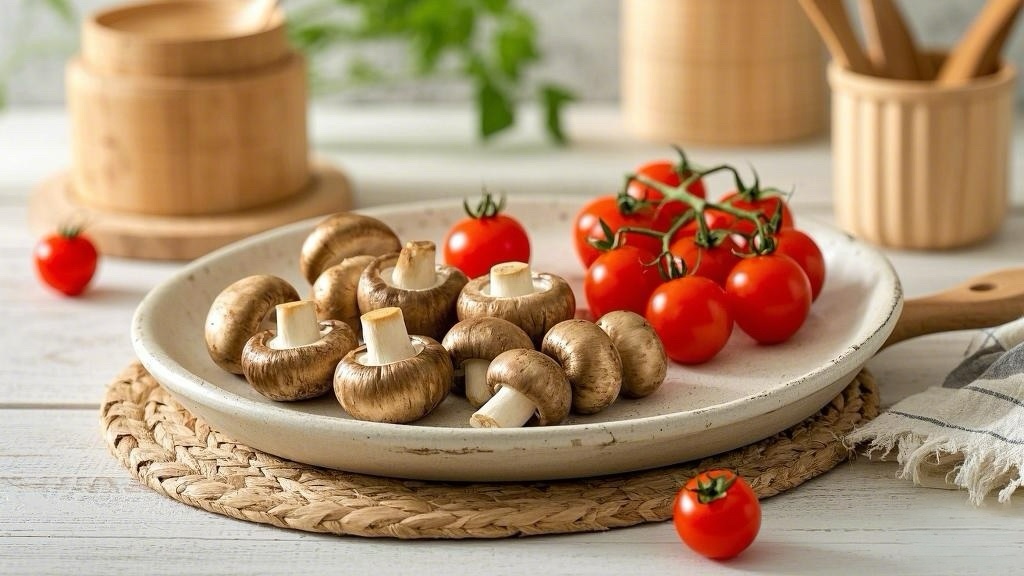
Date: 03/08/2025 03/09/2025
Location: Star Ocean Meditation Center
Teacher: Otto Huang
Buddhist Diet and Regimen
Spinach
Spinach: A Nutrient-Dense Leafy Green Packed with Iron and Antioxidants
1. What is Spinach?
Spinach (Spinacia oleracea) is a nutrient-rich leafy green vegetable that originates from Central Asia and is now cultivated worldwide. With tender leaves and a mild taste, spinach is commonly eaten raw, blanched, stir-fried, or in soups, making it a staple for vegetarians and health-conscious individuals.
2. Nutritional Value of Spinach
Spinach is low in calories but loaded with essential vitamins, minerals, and antioxidants. Key nutrients include:
1.Iron: Supports hemoglobin production and helps prevent anemia.
2.Vitamin C: Strengthens the immune system and promotes collagen production for healthy skin.
3.Beta-Carotene: Converts into vitamin A, essential for maintaining good vision.
4.Dietary Fiber: Aids digestion and promotes gut health.
5.Magnesium: Helps maintain nerve function and reduces fatigue and stress.
3. Health Benefits of Spinach
1.Supports Blood Health: Rich in iron, spinach helps improve oxygen transport in the blood.
2.Boosts Immunity: Vitamin C and antioxidants strengthen the body’s defense system.
3.Protects Vision: Beta-carotene helps prevent eye fatigue and age-related vision decline.
4.Promotes Heart Health: The balance of magnesium and potassium supports stable blood pressure.
5.Aids Digestion: High fiber content helps regulate bowel movements and prevents constipation.
4. Best Ways to Eat Spinach
1.Blanched Spinach: Quickly blanched to reduce oxalate content and enhance nutrient absorption.
2.Spinach Salad: Mixed with sesame seeds or nuts for a fresh and nutritious dish.
3.Stir-Fried Spinach: Cooked with mushrooms or tofu for a delicious, healthy meal.
4.Spinach Soup: Combined with tomatoes or tofu for a light and digestible broth.
5.Mashed Spinach: Steamed and blended into a puree for a healthy side dish.
5. Interesting Facts About Spinach
How to Choose the Best Spinach?
Look for bright green, fresh leaves with no yellowing or decay.
Should Spinach Be Blanched?
Yes, blanching reduces oxalate content, making calcium and iron more bioavailable.
Can Spinach Be Eaten Raw?
Yes, but pairing it with lemon juice or nuts enhances nutrient absorption.
Conclusion
Spinach is a nutrient-dense, iron-rich, and fiber-packed leafy green loaded with antioxidants. Regular consumption can boost immunity, improve blood health, protect vision, support heart function, and aid digestion. Whether blanched, eaten raw in salads, stir-fried, or cooked in soups, spinach is a highly nutritious and versatile addition to a healthy diet.

